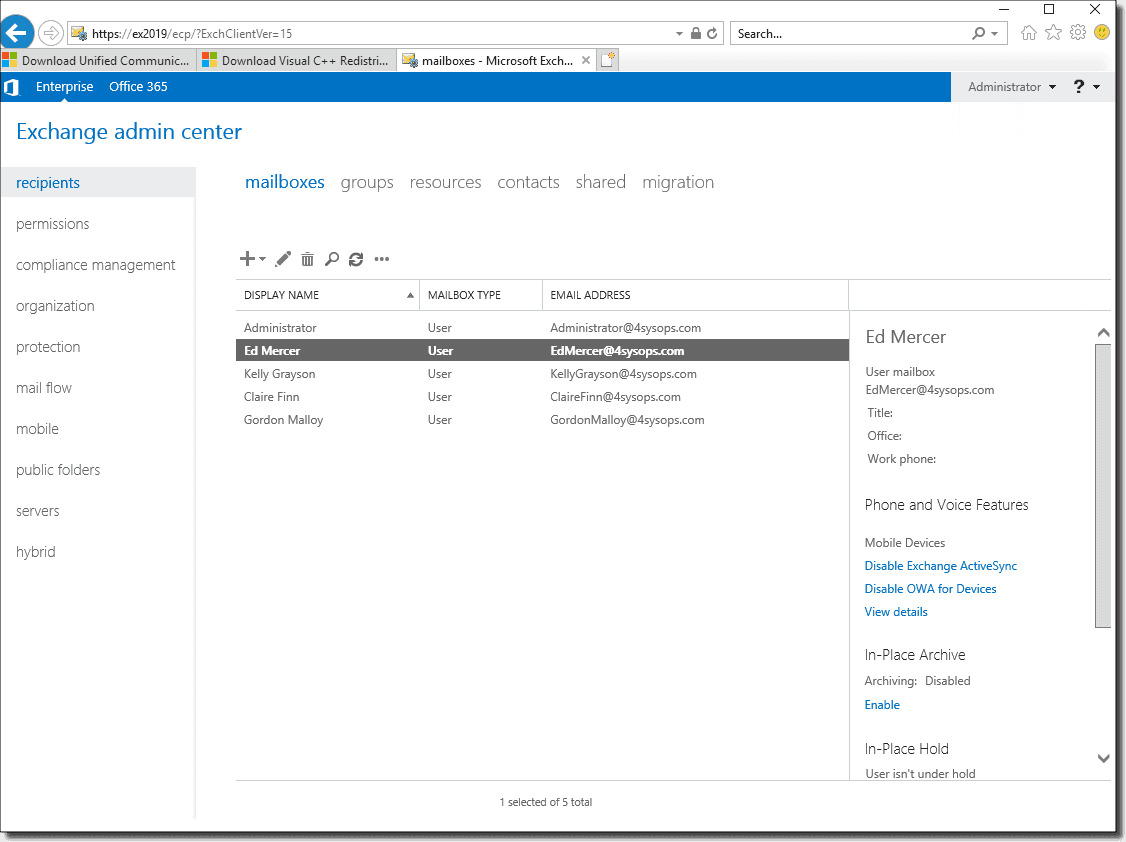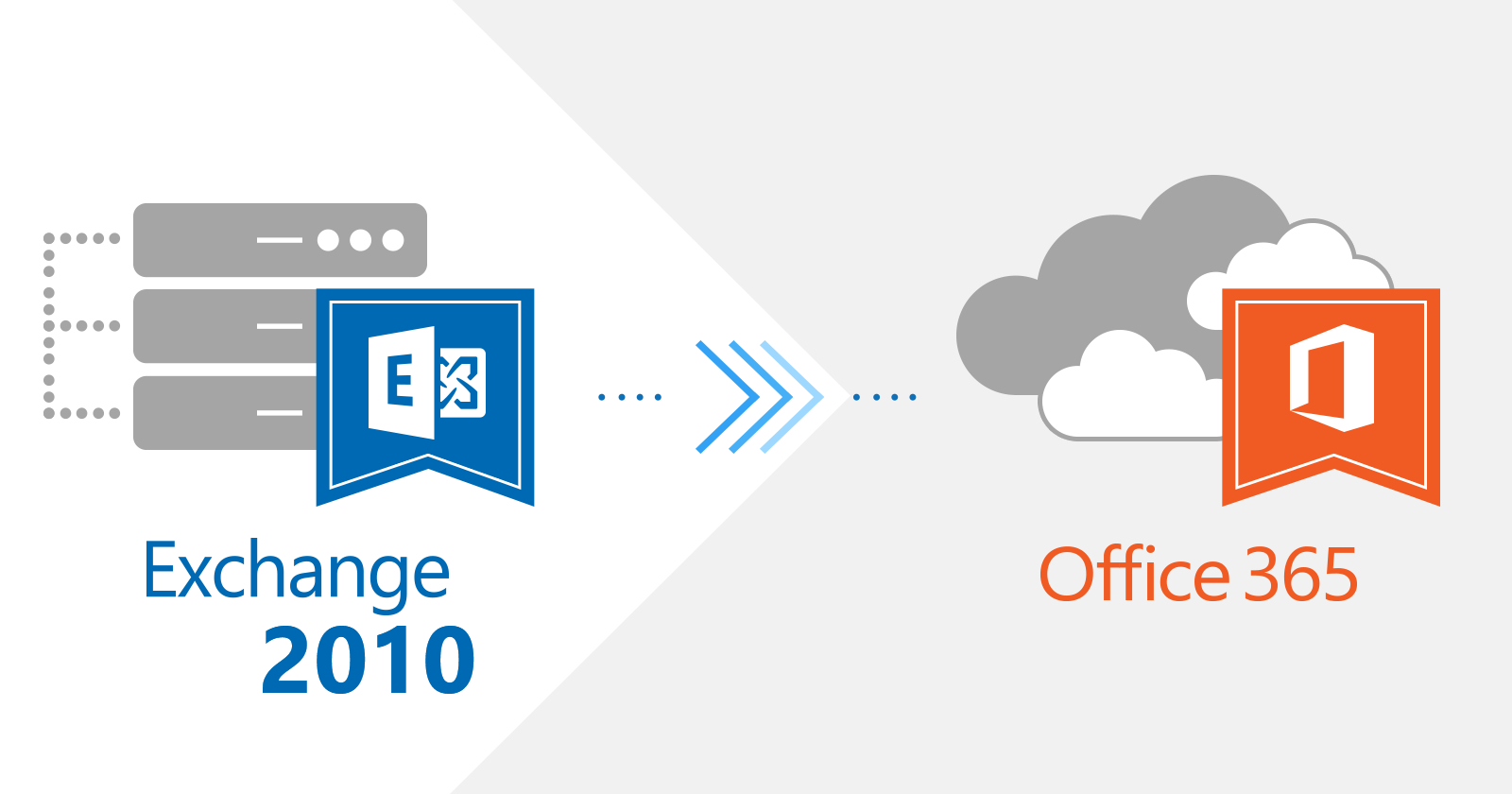


Keep Exchange 2019 or decommission Exchange 2019 (depending on your organization).

Configure an Exchange Hybrid deployment and migrate mailboxes to Exchange Online.Go through the same steps as shown in path 1.There are a couple of options for migrating to a supported Exchange version: Security fixes for vulnerabilities that may make the server vulnerable to security breaches.Bug fixes for issues that may impact the stability and usability of the server.Technical support for problems that may occur.The end of this lifecycle is known as the product’s end of support.Įxchange 2010 will reach the end of support on October 13, 2020, and Microsoft will no longer provide: This lifecycle typically lasts for 10 years from the product’s initial release. Most Microsoft products have a support lifecycle during which they get new features, bug fixes, security fixes, and so on. What does Exchange 2010 end of life mean? If you are not yet migrated, now is the time to start planning and migrating before Exchange 2010 support ends. Many organizations are working with Exchange 2010 and are not yet upgraded to Exchange 2016/2019 or Exchange Online with Office 365/Microsoft 365. It means that Microsoft extends the Exchange 2010 life support. Critical additions for all enterprises including those who believe they are protected by multi-factor authentication (MFA/2FA).Exchange Server 2010 end of life support was on January 14, 2010, but it changed to October 13, 2020. All enterprises with Exchange Servers should add security that provides on-premise systems with logon intelligence and security controls protecting the most widely used Exchange Server services, including OWA / Outlook Web, ECP, Autodiscover, ActiveSync, EWS, OAB, MAPI, Outlook Anywhere. Be sure to visit Messageware Security Products for Microsoft Exchange Server. Links for the available downloads are also included. Each section lists build numbers for each Service Pack (SP), Cumulative Update (CU), Security Update (SU), or Update Rollup (RU) of the specific Exchange release. This article is organized in sections that correspond to the major releases of Exchange. You can use the information in this article to verify the version of Exchange that is running in your organization.


 0 kommentar(er)
0 kommentar(er)
